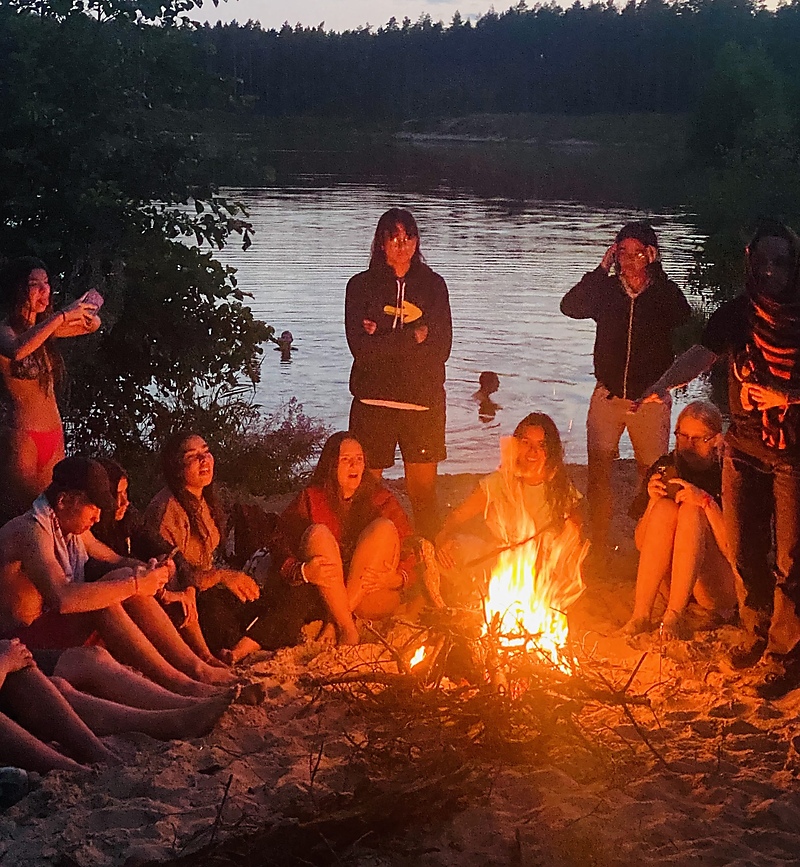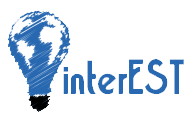What happened in our youth exchange Together in Motion 2024?

As the name suggests, our recent youth exchange was dynamic and engaging. While it wasn't a traditional sports camp, participants were actively involved in organizing and leading workshops for the group. We believe this hands-on approach is essential for youth exchanges. Although some took advantage of our excellent sporting facilities, most of the workshops followed the typical Erasmus+ group work style. We covered various health-related topics, including physical health, mental well-being, nutrition, and the importance of having fun together. Evening activities were more relaxed, featuring a vibrant party atmosphere with intercultural nights, a neon party, a lakeside sauna night, and a farewell barbecue.
Our partners included:
- ADEL from Slovakia: A team of 11 girls, mostly aged 18-19, who applied online.
- Poli Gymnasium from Hungary: A group of 8 students aged 16-17, along with Erasmus+ coordinator Rob and teacher Orsi.
- Mojo de Cana from the Canary Islands: A team of local youngsters and 2 teachers from a local school.
- Arab Educational Institute from Palestine: A handpicked team led by youth work specialists Roger and Rasha.
- WalkTogether from Bulgaria: A team of students and teachers from the same school.
This project was remarkable for several reasons: it had the maximum number of participants—60 people, including 12 group leaders—and the youngest age limit of 13 years. Despite the large number of participants, it felt manageable, akin to our local summer camps. Many partners sent experienced teachers who were familiar with their students, which was invaluable for effective group management.
For the Estonian team, we included some of our summer camp children, students from a rural village school in Palamuse, and a group of Russian-speaking friends who applied through our website. The Estonian team was diverse, but we managed well, and the feedback was overwhelmingly positive. Teacher Lii played a crucial role, leading the group, providing additional support where needed, and helping with practical tasks like setting up the tent. Her experience with dance and music also enriched our intercultural nights.
We experimented with walkie-talkies for group leaders, which proved useful in large areas. However, their usage was limited, as evening meetings and the time plan were sufficient for communication. This time, we advanced in our project management by tracking tasks in Excel, creating info sheets for each cottage, and digitizing reports and activities. QR codes and online forms simplified the process of submitting reports, making it easier to disseminate results and collect information. The volume of dissemination activities conducted by each country was impressive.
Overall, the feedback from partners, group leaders, and participants was very positive. Despite some issues, like confusing workshops or less-than-ideal shower facilities, the general sentiment was happiness, with some participants even expressing sadness on the last day. Our partners encouraged us to continue our work.
Looking ahead, we hope to organize future exchanges with a similar age group and involve more schools as partners. The involvement of teachers and the impactful first-time Erasmus+ experience for the 13-18 age group were both rewarding and transformative for our organization.
Check out the documentary made by Ruth for more insights!





























































